In Hinduism, the 12 Jyotirlinga temples of India hold immense religious significance as powerful manifestations of Lord Shiva, embodying his omnipresence and divinity. These sacred shrines, scattered across the country, are believed to have emerged naturally from the sky as luminous pillars, symbolizing different aspects of Shiva’s invincible power. Pilgrims who visit the Jyotirlingas embark on a spiritual journey, considering it both a religious duty and a path toward ultimate truth and divine connection. Each Jyotirlinga has its own unique history, mythological significance, and miraculous associations, serving as a testament to different forms of Shiva and his divine legends.
These temples are believed to bestow protection, peace, and spiritual liberation (moksha) upon devotees, offering solace to suffering souls. Rooted in history and deeply intertwined with India’s cultural and religious traditions, the worship of these shrines remains timeless.
People from across the world gather for this sacred pilgrimage (yatra) to seek Lord Shiva’s blessings and spiritual guidance. However, beyond their religious significance, these shrines serve a higher purpose: each temple represents a spiritual path to self-realization, illuminating the way to ultimate truth and divine grace.

The twelve Jyotirlinga temples are spread across India, each with its own unique story, architectural style, and historical significance.
Over the years, the temple has been reconstructed many times, especially after natural disasters destroyed it. The last major construction work carried out was in the 19th century on the orders of the King of Jaipur. At present, Badrinath Temple is not only a place of worship but also a rich repository of the age-old architectural and cultural practices of India that allure the devotion of countless worshippers year after year.
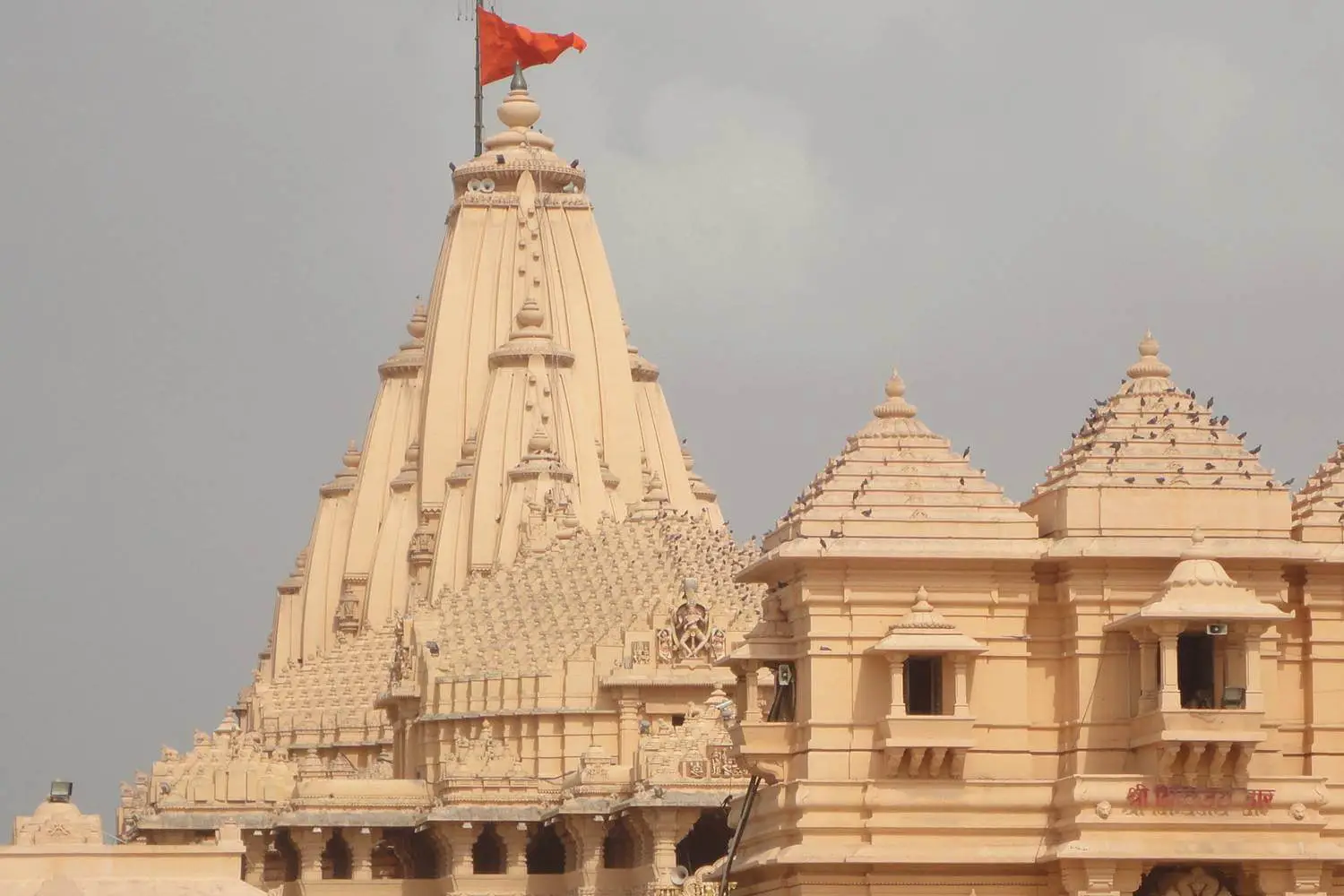
Somnath in Gujarat is the first of these Jyotirlingas, renowned for its grand temple construction and scenic beachfront. According to mythology, Somnath was the first shrine where Lord Krishna personally offered prayers to Shiva after the demise of a god. Though the temple has been destroyed multiple times throughout history, it has always been rebuilt, symbolizing resilience and divine protection.
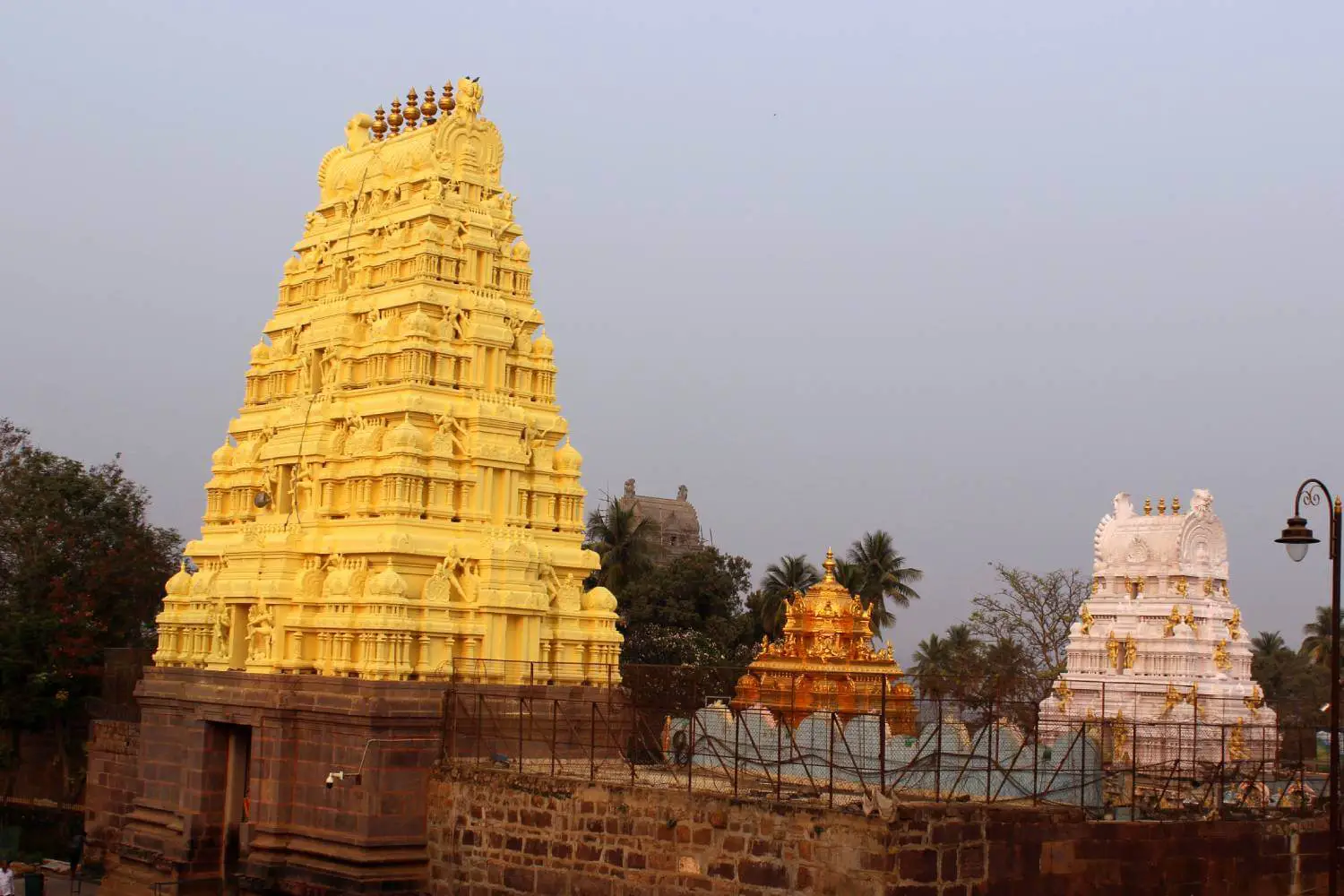
Nestled in the Nallamala Hills, Mallikarjuna unites Shiva and Shakti. This sacred temple, rich in mythological significance, offers devotees a profound spiritual experience amidst its stunning Dravidian architecture.
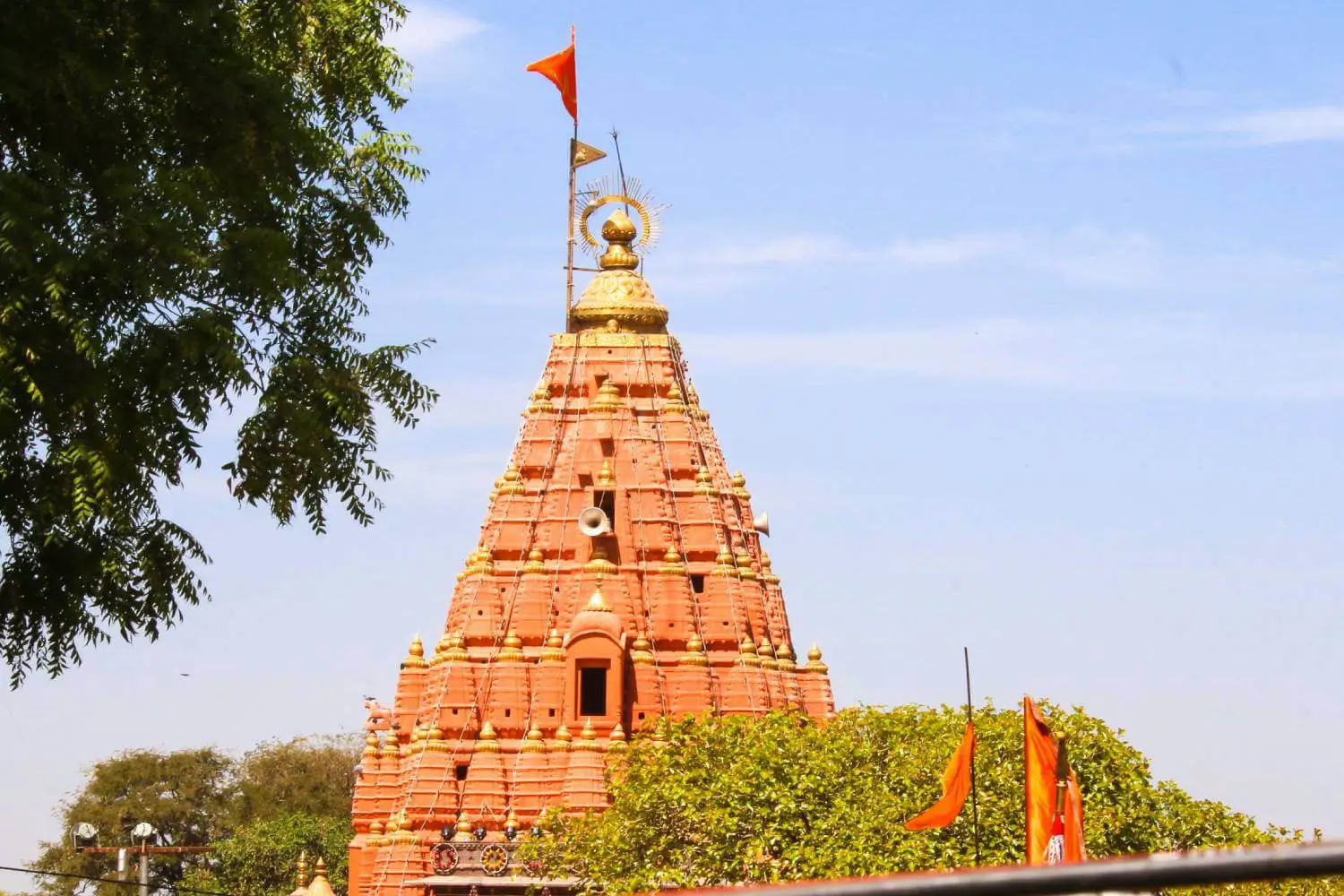
Nestled in the Nallamala Hills, Mallikarjuna unites Shiva and Shakti. This sacred temple, rich in mythological significance, offers devotees a profound spiritual experience amidst its stunning Dravidian architecture.
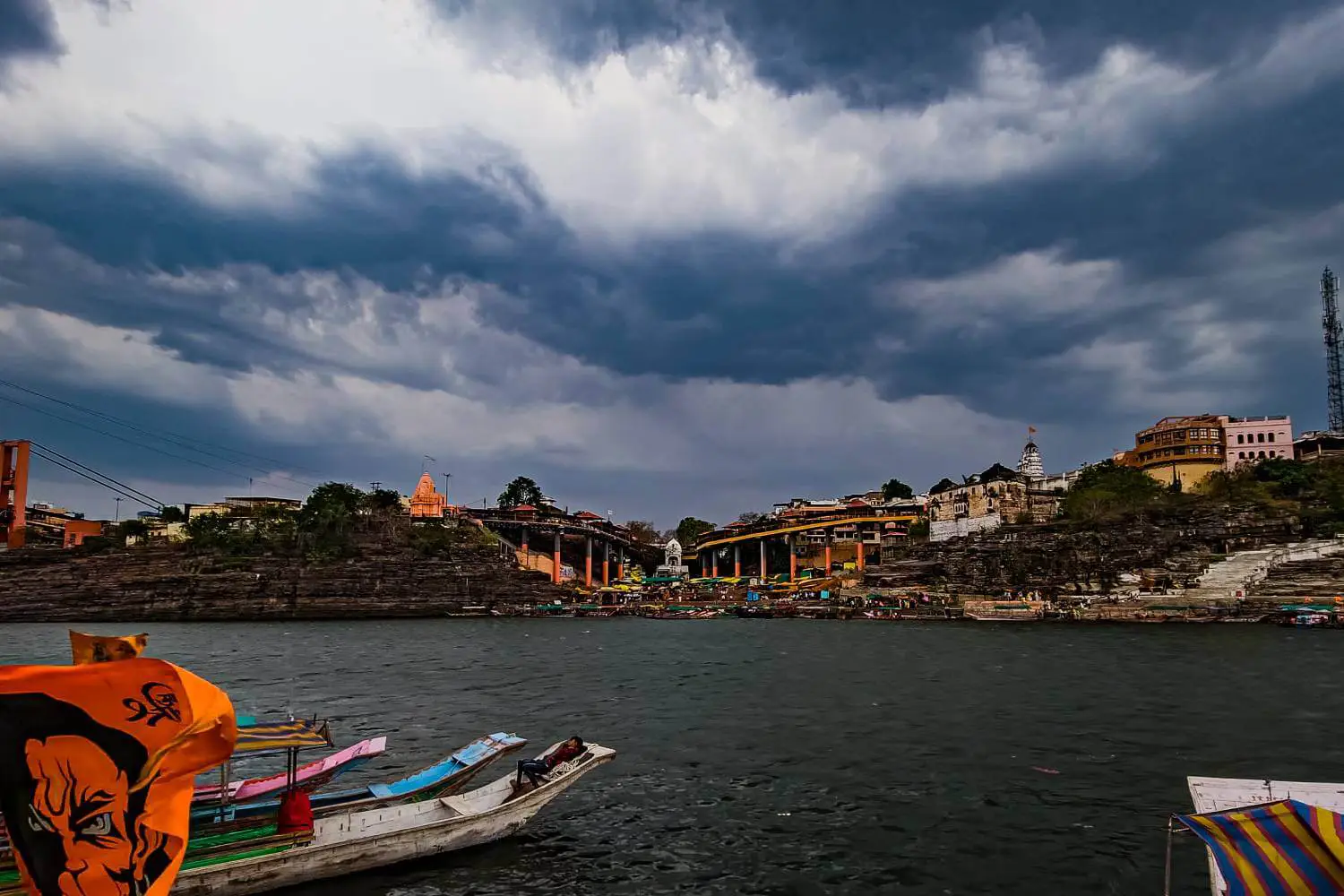
Shaped like the sacred ‘Om,’ Omkareshwar rests on an island in the Narmada River. A divine confluence of spirituality and nature, it represents cosmic energy and eternal devotion.
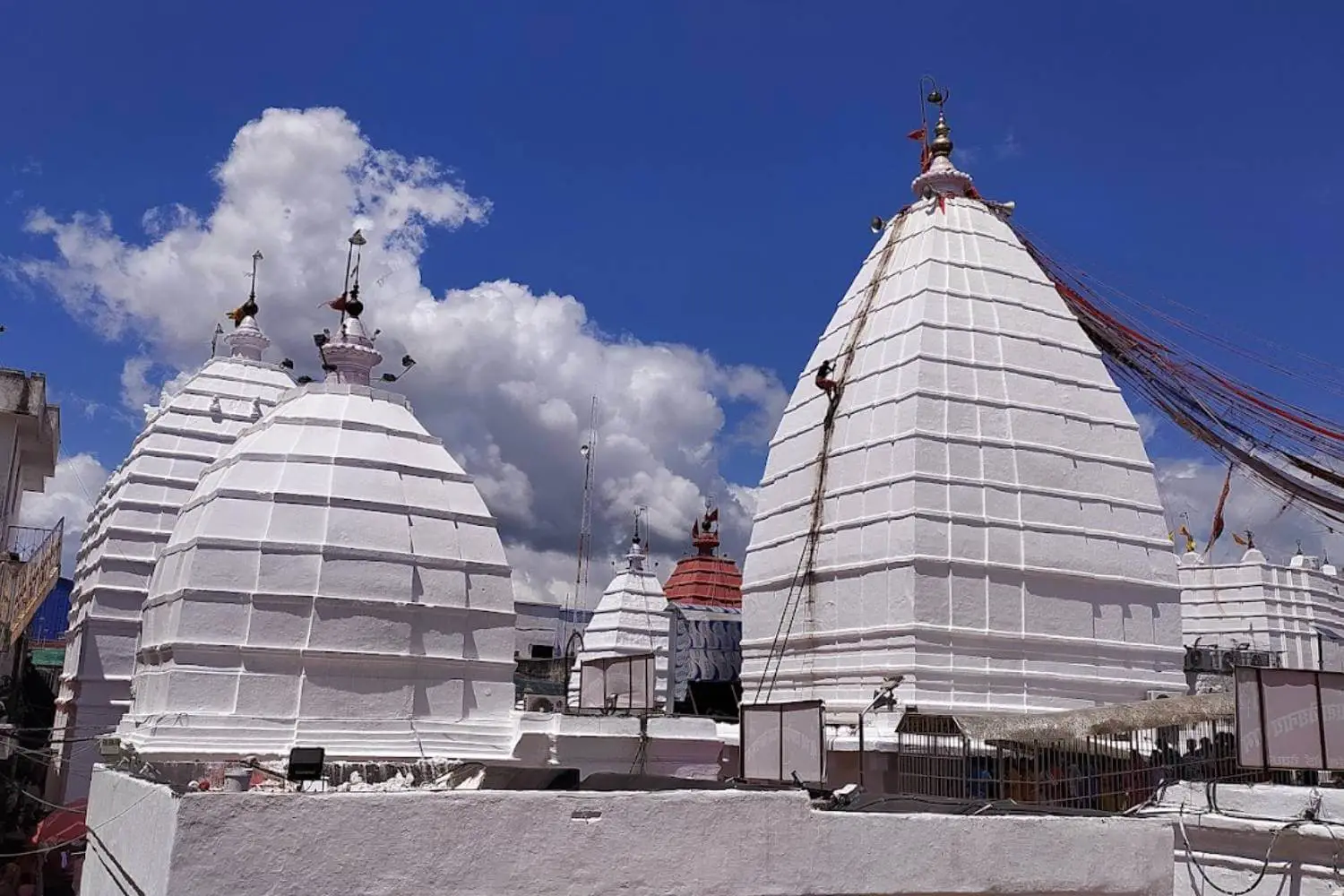
Baidyanath (Vaidyanath), the "Healer Jyotirlinga," is revered for its miraculous powers of curing ailments. Pilgrims believe that worshipping here removes suffering and leads to spiritual and physical well-being.
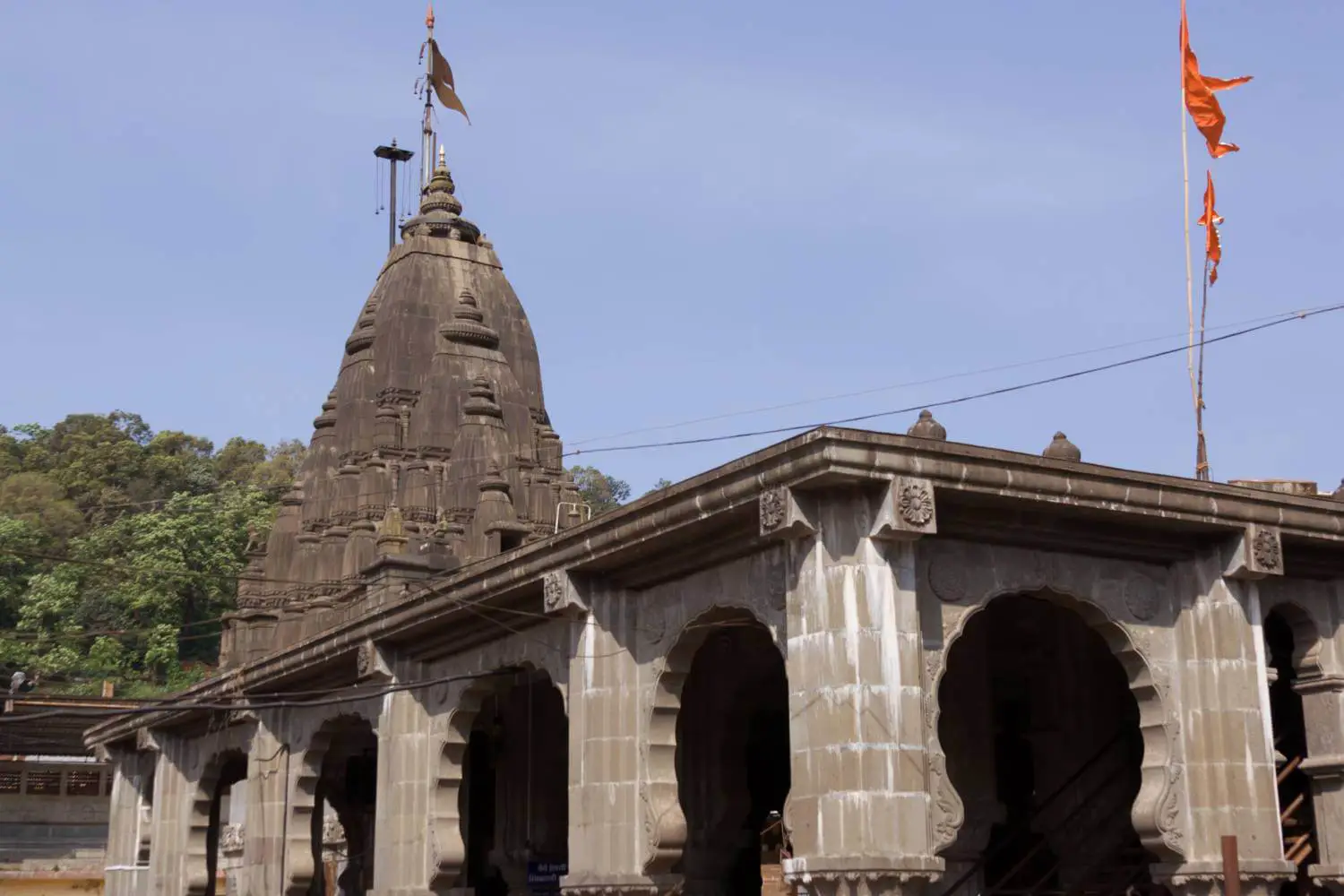
Nestled in the lush Sahyadri Hills, Bhimashankar is where Lord Shiva vanquished the demon Bhima. A site of spiritual energy and natural beauty, it attracts pilgrims and nature lovers alike.
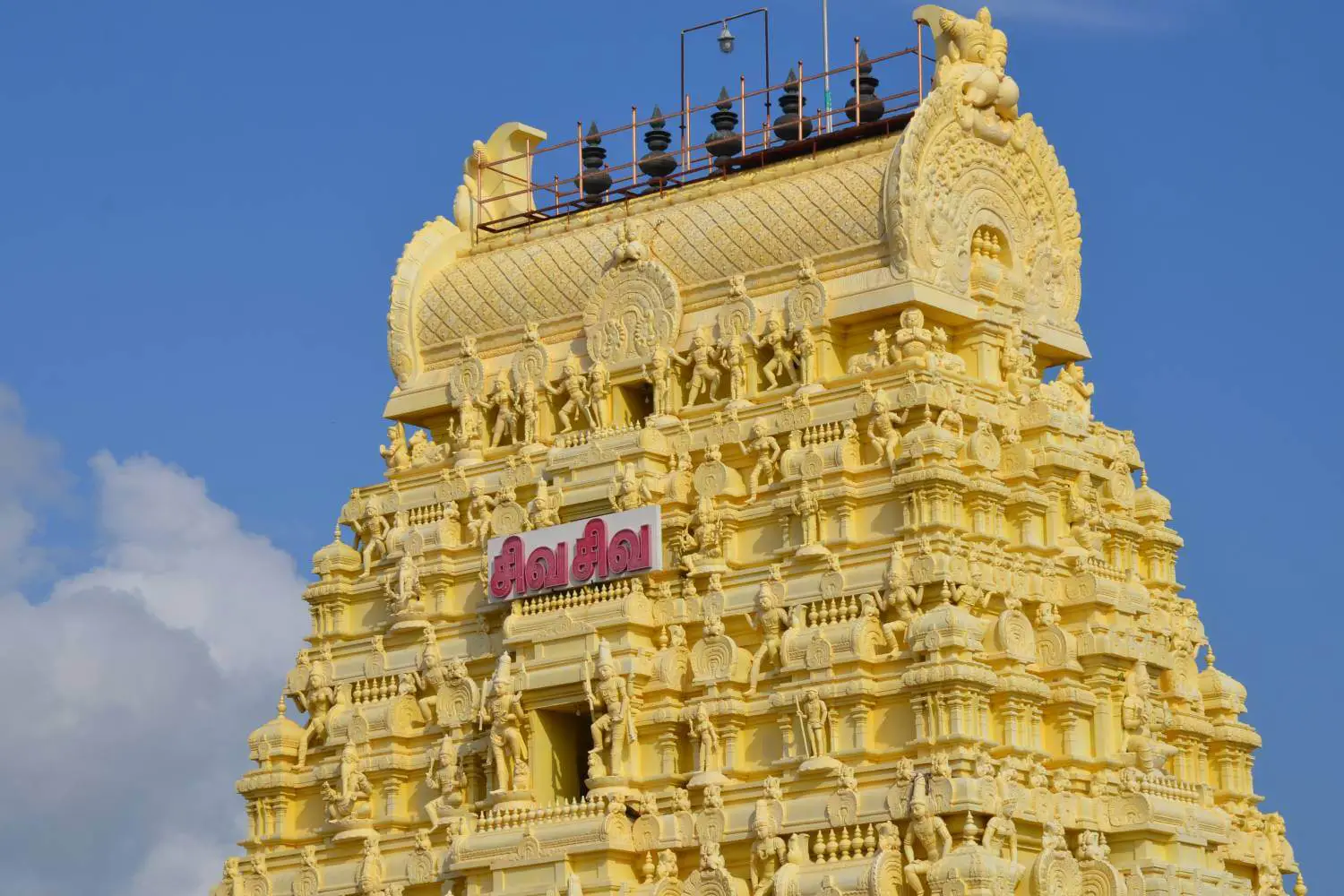
Further south, the Jyotirlinga of Rameshwaram in Tamil Nadu is closely associated with Lord Rama, who is believed to have worshipped Shiva here before his battle with Ravana. The temple's Dravidian-style architecture, featuring vast open courtyards and towering gopurams (ornate gateways), reflects the rich socio-cultural heritage of South India. Rameshwaram is renowned for its massive corridors, sacred water tanks, and deep spiritual significance in Hindu mythology.
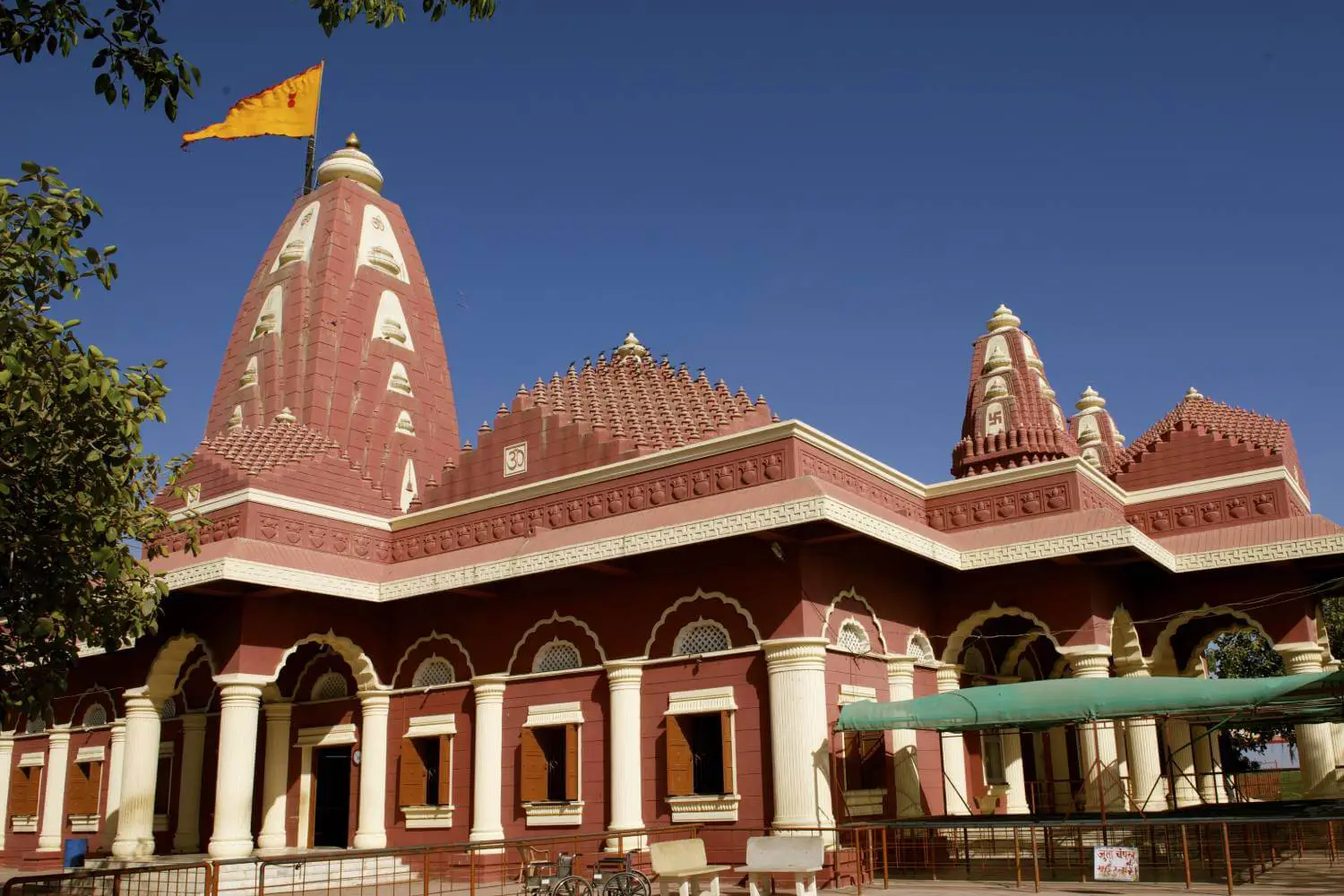
The protector against evil, Nageshwar Temple signifies Lord Shiva’s divine power. Located near Dwarka, it offers devotees strength, fearlessness, and unwavering faith in the Lord’s eternal presence.
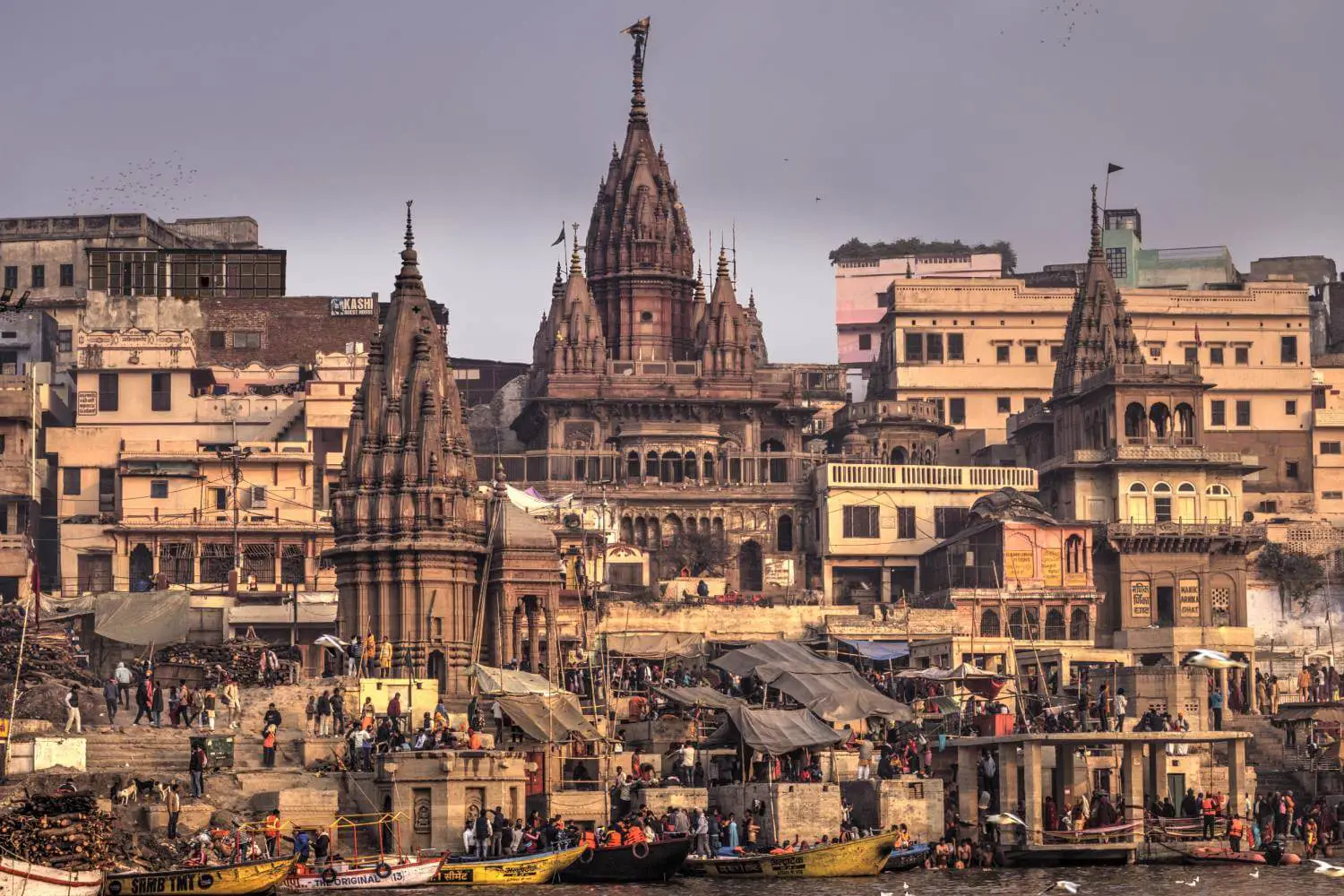
Another significant Jyotirlinga, Kashi Vishwanath, is located in Varanasi, often referred to as the spiritual capital of India. Here, Shiva is revered as the Lord of the Universe, and the temple holds immense religious and historical importance.

Trimbakeshwar, the origin of the Godavari River, features a unique three-faced Jyotirlinga representing Brahma, Vishnu, and Shiva. It is a center of spiritual awakening and divine knowledge.
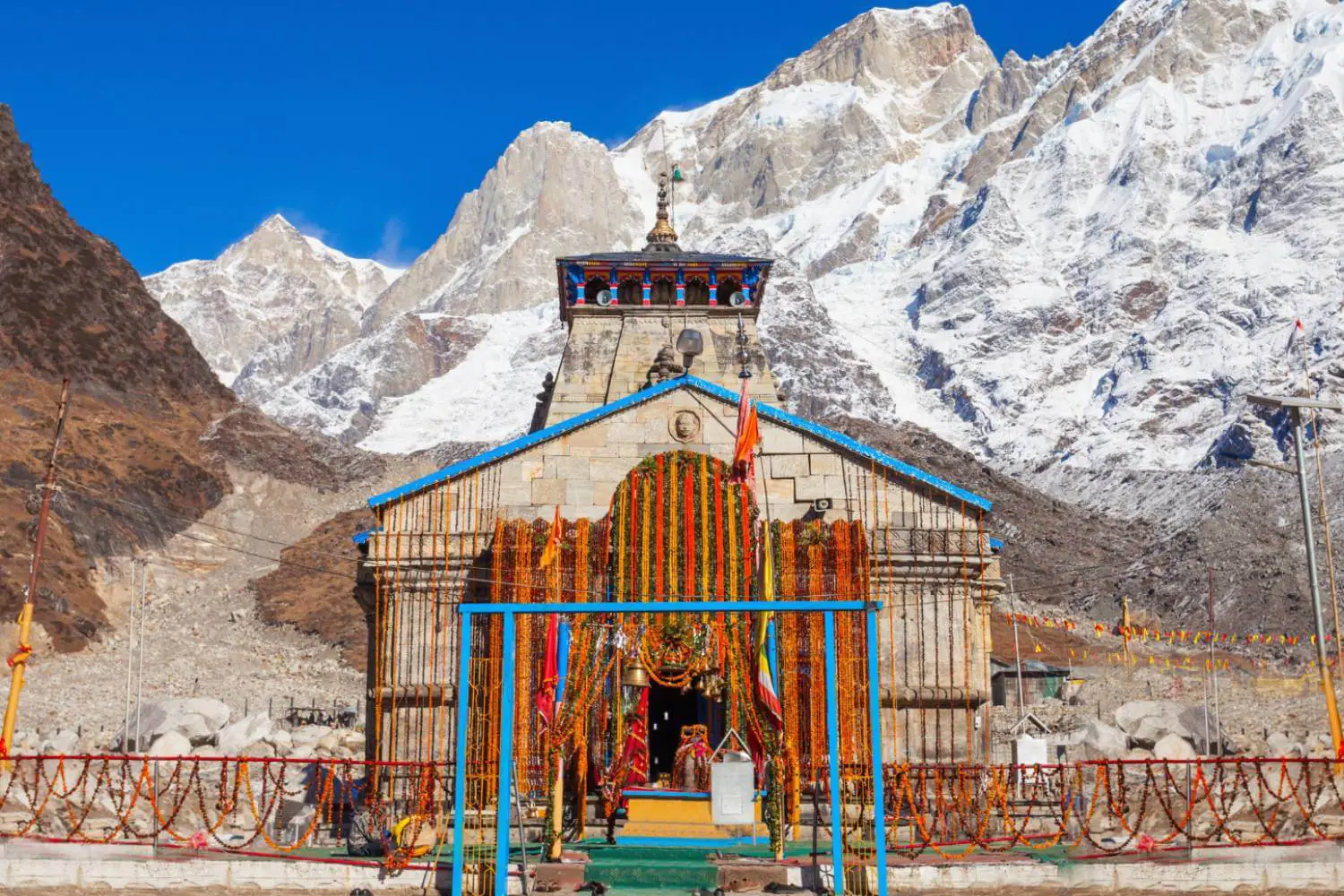
In the Himalayan region of Uttarakhand, the sacred Kedarnath temple stands at an altitude of 3,500 meters, surrounded by snow-capped peaks. According to legend, the Pandavas, seeking forgiveness from Lord Shiva for their actions in the Mahabharata, performed penance here. The temple’s rugged stone construction contrasts with the eternal serenity of its mountainous surroundings.
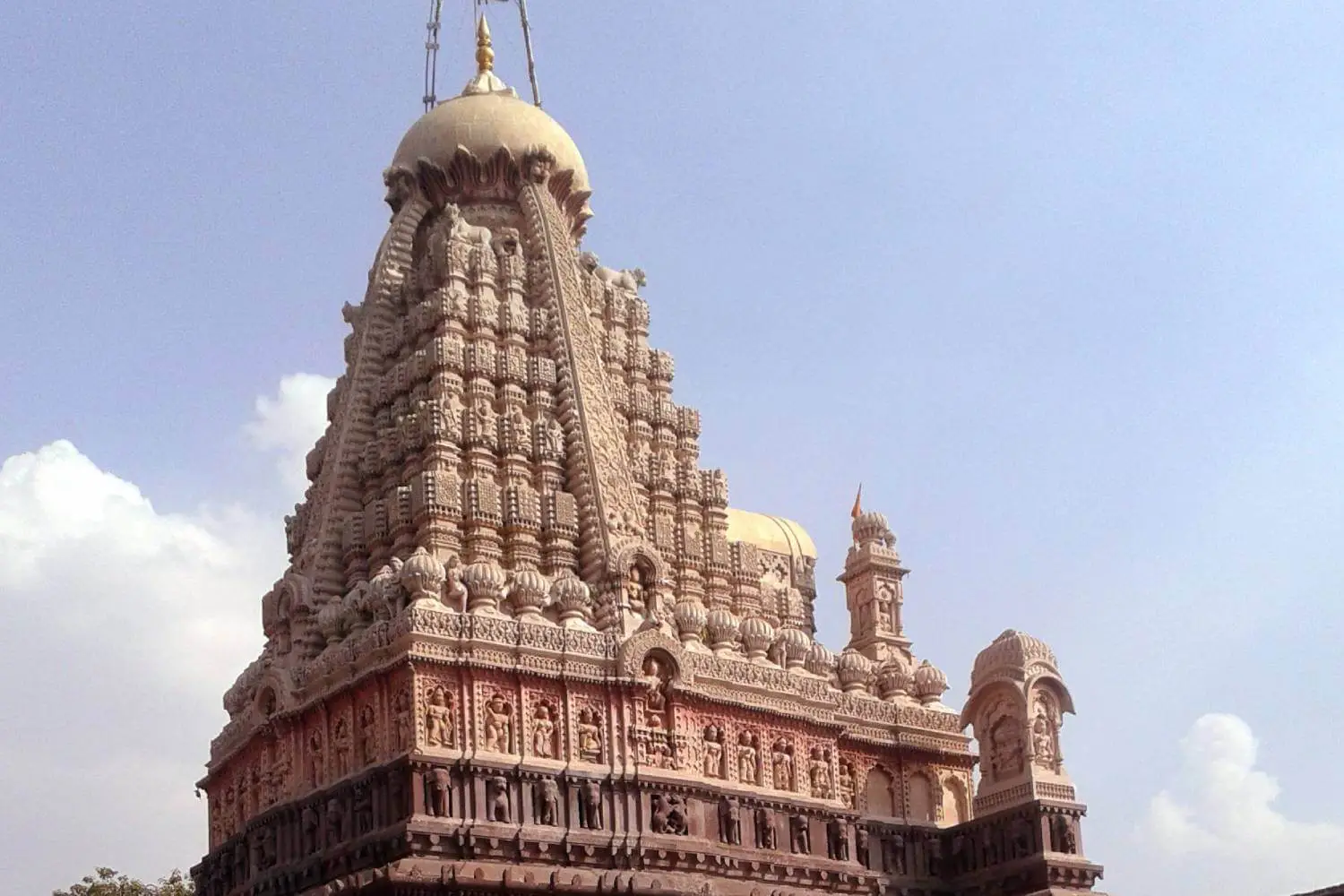
The smallest yet highly revered Jyotirlinga, Grishneshwar, showcases intricate temple carvings. It symbolizes unwavering devotion and is a cherished destination for spiritual seekers and devotees of Lord Shiva.
These Jyotirlingas not only enhance India's architectural magnificence but also serve as spiritual beacons, uniting devotees in their reverence for Lord Shiva. Beyond their grand structures, they narrate timeless stories of faith, illustrating Shiva’s eternal presence both in the material world and beyond.
Get up to 30% early bird discount on Badrinath Char Dham Yatra Tour Packages for 2025 bookings.
Explore various options for Ek Dham Yatra tour packages as well as Badrinath, Kedarnath, Gangotri, and Yamunotri Dham tour packages
Explore other important and informative travel and tourism links related to the Char Dham Yatra in the Himalayas.